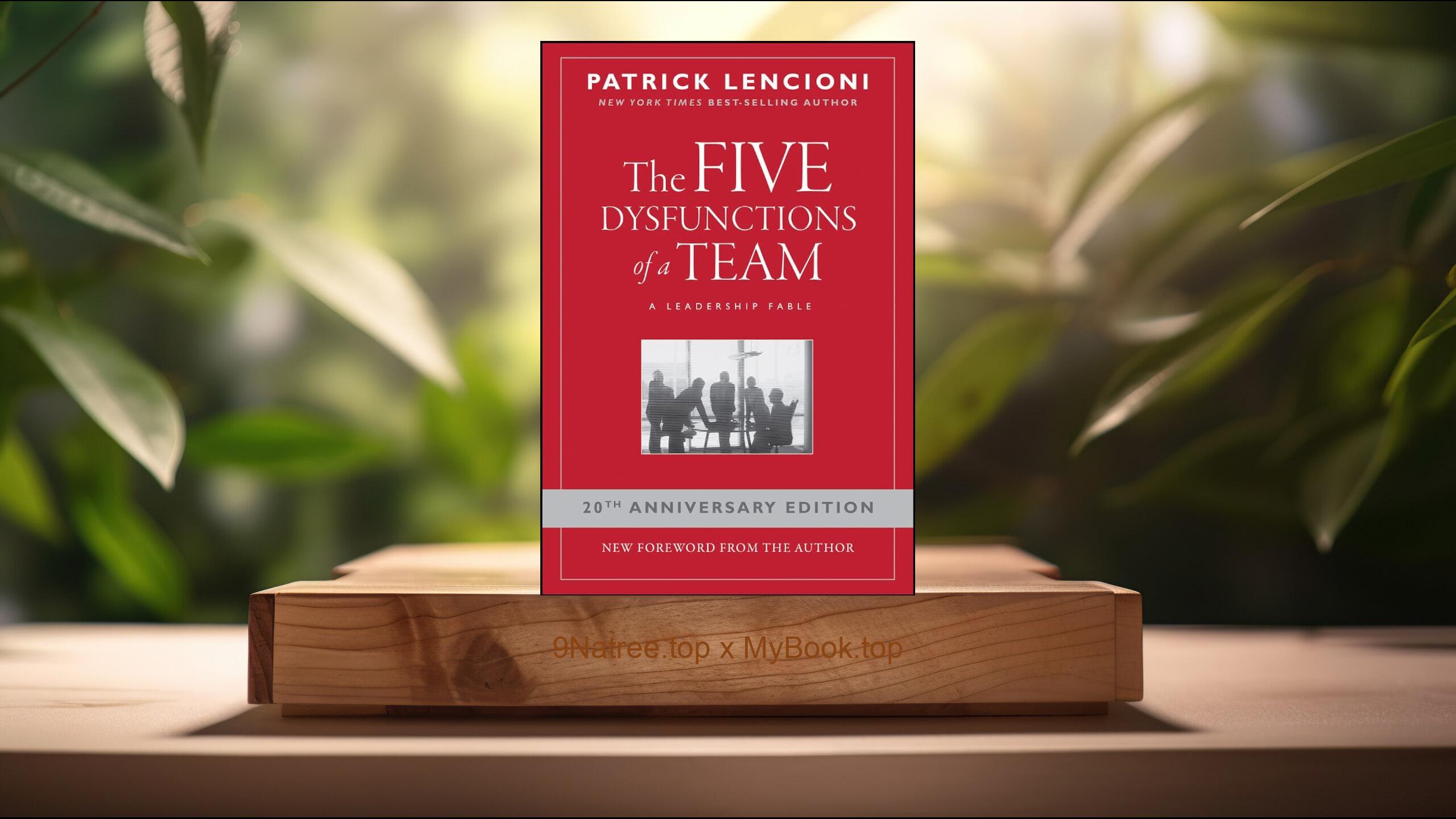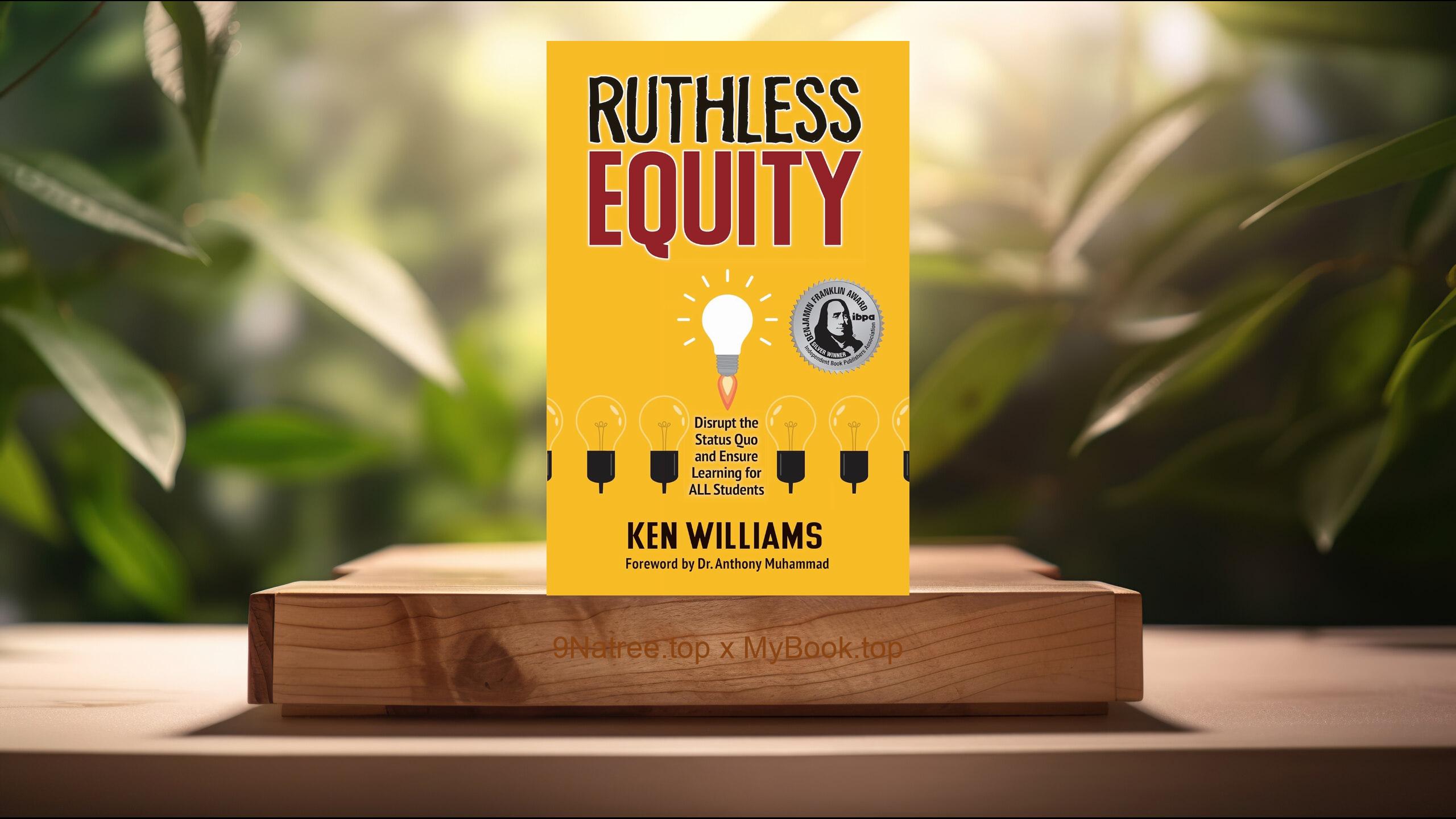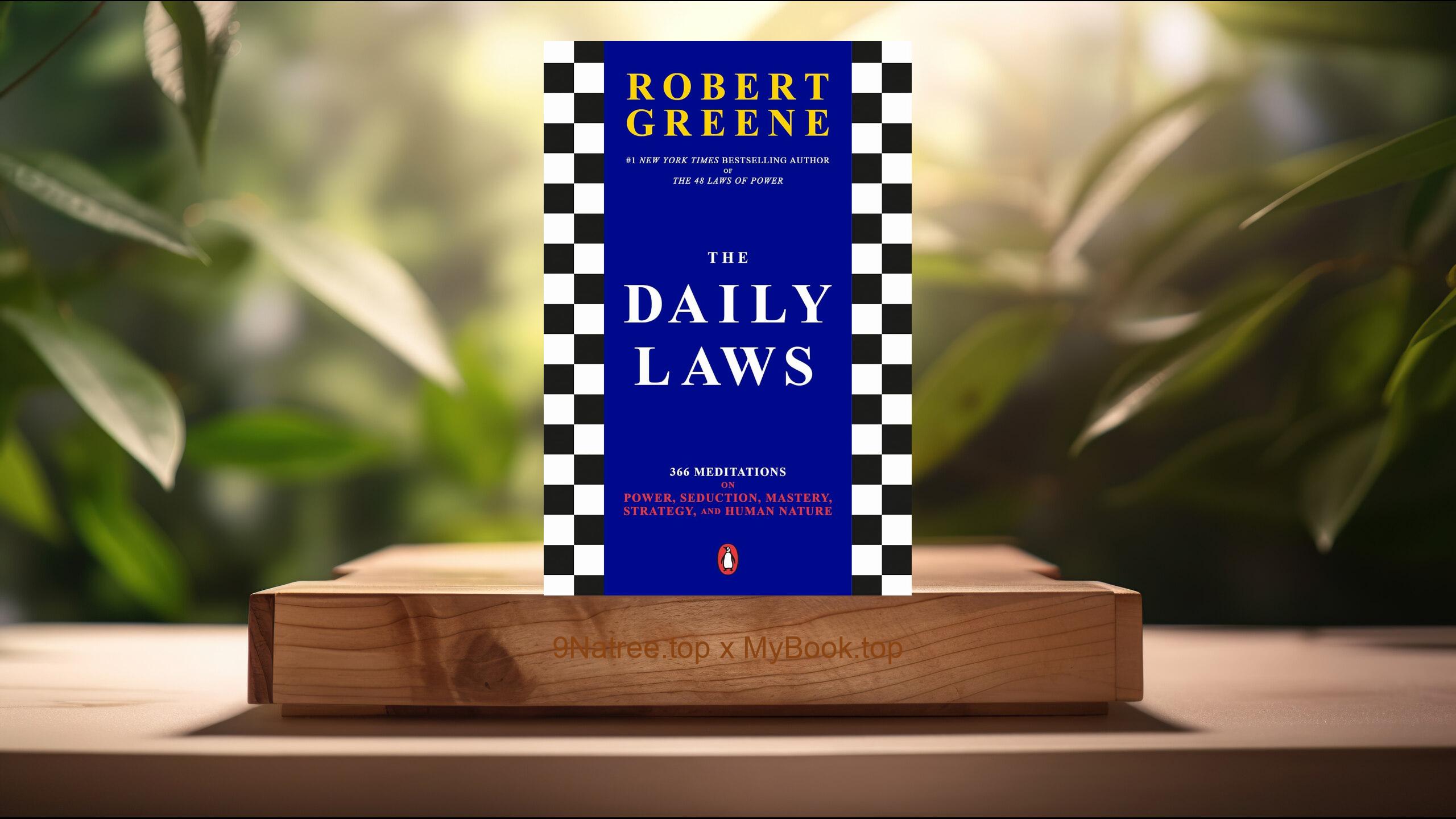Show Notes
- Amazon Books: https://www.amazon.com/dp/B019R2DQIY?tag=9natree-20
- eBay: https://www.ebay.com/sch/i.html?_nkw=Sprint+How+to+Solve+Big+Problems+and+Test+New+Ideas+in+Just+Five+Days+Jake+Knapp+&mkcid=1&mkrid=711-53200-19255-0&siteid=0&campid=5339060787&customid=9natree&toolid=10001&mkevt=1
- Read more: https://mybook.top/read/B019R2DQIY/
#Innovation #ProblemSolving #DesignThinking #ProductDevelopment #UserTesting #RapidPrototyping #GoogleVentures #StartupStrategy #Sprint
These are takeaways from this book.
Firstly, Day 1: Map and Target, The first day of the sprint process involves understanding the problem at hand and choosing a target for the sprint week. Teams begin by mapping out the problem space and identifying the key stakeholders involved. This phase is crucial for ensuring everyone on the team has a shared understanding of the challenge and the main goals. Mapping allows the team to visualize the customer journey and pinpoint areas of interest or concern. By the end of Day 1, teams will have a clear focus on a specific target for their sprint, enabling them to dive deep into addressing the most critical parts of the problem.
Secondly, Day 2: Sketch, On the second day, sprint participants individually sketch out possible solutions to the problem. This divergence from group brainstorming encourages creativity and prevents groupthink, allowing for a wide range of ideas to surface. The sketch phase is highly structured, starting with inspiration and moving toward concrete solution sketches. Each person’s sketches are kept anonymous to ensure that each idea stands on its own merit. By the end of the day, the team has a pile of solution ideas that are ready to be evaluated.
Thirdly, Day 3: Decide, The midpoint of the sprint is all about decision-making. The team reviews the solution sketches from Day 2, engages in structured debates, and makes decisions on which ideas to prototype. The 'Decider' plays a key role in this process, with techniques like 'dot voting' and 'storyboarding' helping to steer decisions. This crucial step ensures that the team converges on the most promising solutions, setting the stage for a productive prototyping phase. Day 3 moves the sprint from divergent thinking to convergent action, crystallizing the effort into a focused direction.
Fourthly, Day 4: Prototype, On Day 4, the focus shifts to rapidly creating a prototype that simulates the chosen solution. The sprint methodology emphasizes building a 'fake it till you make it' prototype, one that’s just realistic enough to test with real users. This allows the team to bring their ideas to life quickly and efficiently, without the need for costly and time-consuming development. The prototyping tools and techniques suggested are accessible, ensuring teams can actually build a testable product in just one day. This step is all about learning through making, providing a tangible artifact for user testing.
Lastly, Day 5: Test, The final day of the sprint is dedicated to learning from customers through one-on-one interviews. Teams present their prototype to target users, observing and recording their reactions and feedback. This direct input is invaluable, as it provides immediate validation or identifies areas for improvement. The testing is set up to gather clear insights, guiding teams on whether to pivot, persevere, or stop. The insights gained from Day 5 can fundamentally shift the direction of the project, ensuring that the team invests in solutions that truly meet user needs.
![[Review] Sprint: How to Solve Big Problems and Test New Ideas in Just Five Days (Jake Knapp) Summarized](https://episodes.castos.com/660078c6833215-59505987/images/1783314/c1a-085k3-5zg1121jhn1p-ahjo2b.jpg)




